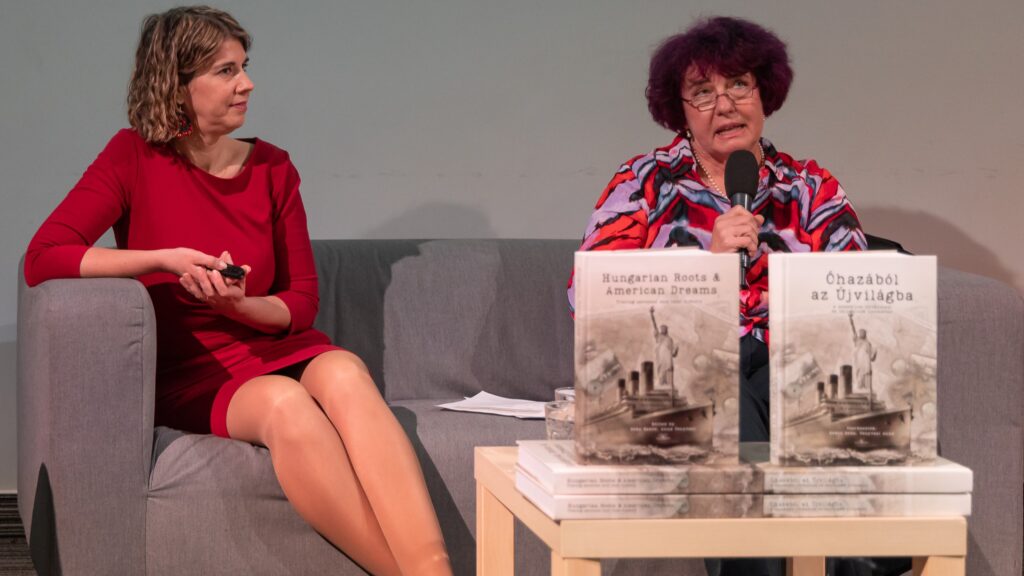
‘The books primarily focus on the U.S. and represent a “beautiful and high-quality imprint” of the Hungarian diaspora there…the project could be continued to include Hungarians living on other continents, and these works should reach every Hungarian community.’
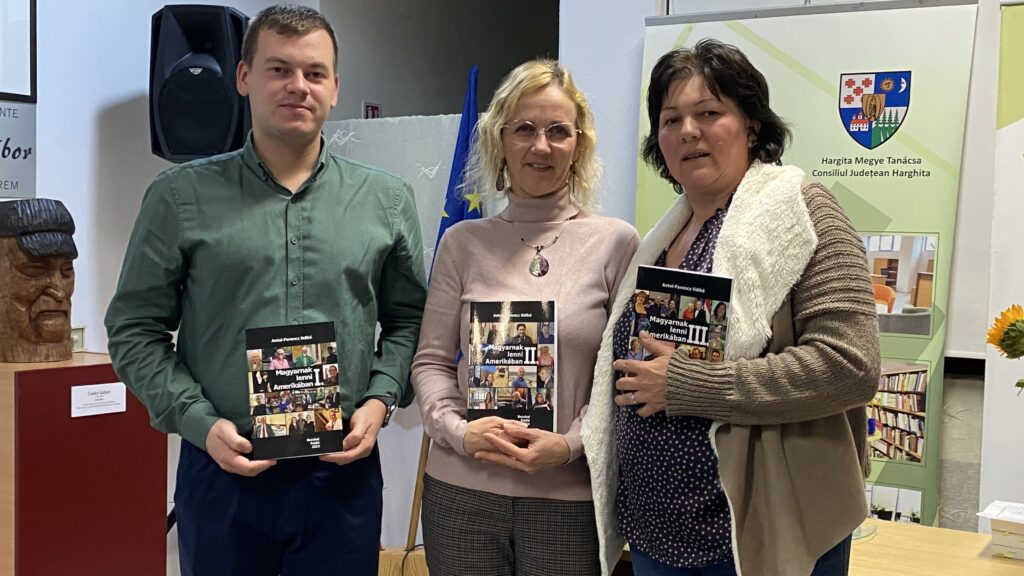
‘I conducted my first interview with the Hungarian parish priest of Passaic, NJ. For me, that interview offered a first glimpse into a very interesting kind of Hungarian world that had been completely unknown to me until then…It seemed to be a professionally fascinating, distinctive hidden world that deserved to be explored in depth.’
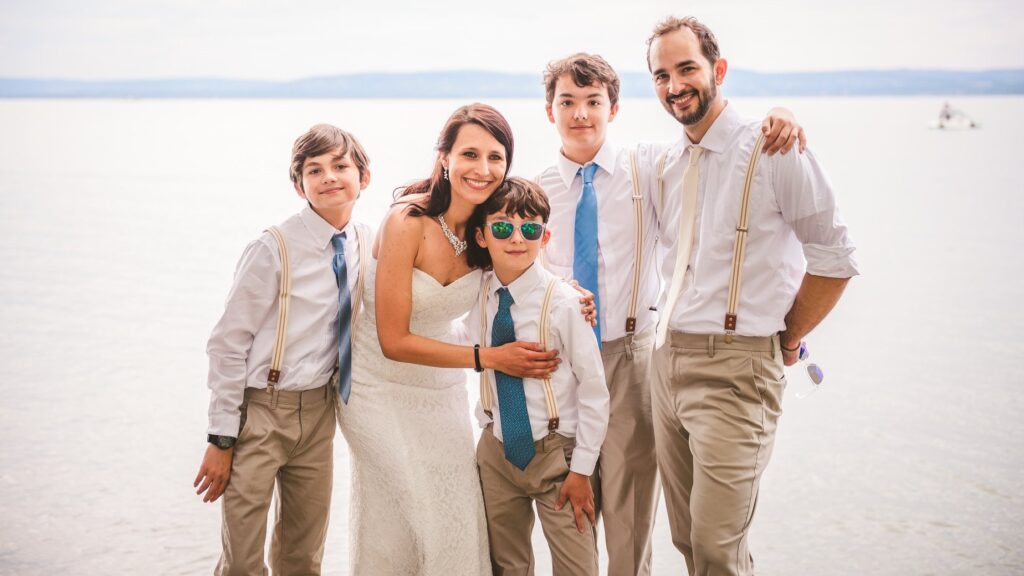
‘I wasn’t sure whether Gyula was interested romantically or only as a friend. When I asked him, he answered: “I don’t know. I find you interesting, but I have children, and they are my top priority.” I replied to him: “If you had answered anything else, I wouldn’t be as interested.” In the end, instead of Hungary, I chose Gyula…I found my true home beside him.’
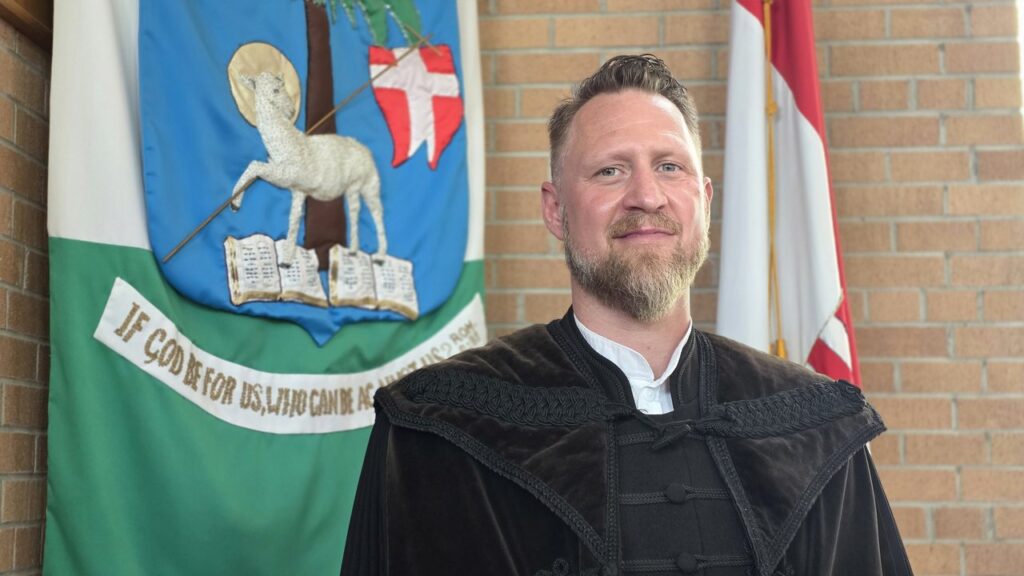
‘It’s not easy to define, to experience, and to decide why we live in the present rather than the future…It’s hard to attract new members when families have so many other options for the weekend…Still, in four months, we’ve gained back several old friends and some new families. That’s why the scripture “hold on to what you have” echoes in me.’
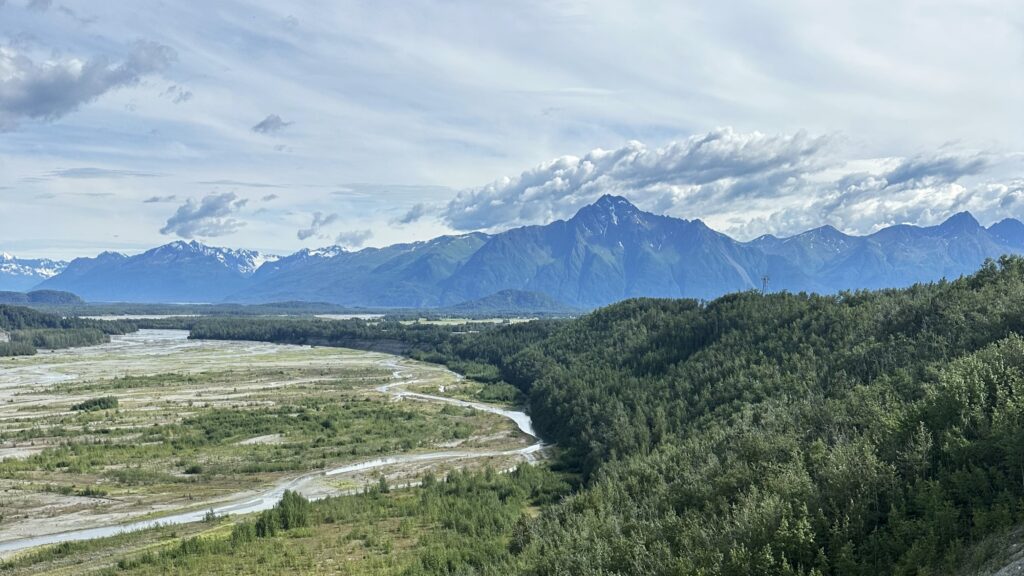
‘Olivia wanted to ride horses, which…is very expensive…I had to come up with a solution. I started by making pancakes once, with a donation-based system. Neighbors were incredibly generous…Similarly, when Emma left for Texas, a friend left $200 in an envelope for her—just slipped it through the door…It showed me that human kindness and helping young people aren’t determined by nationality.’
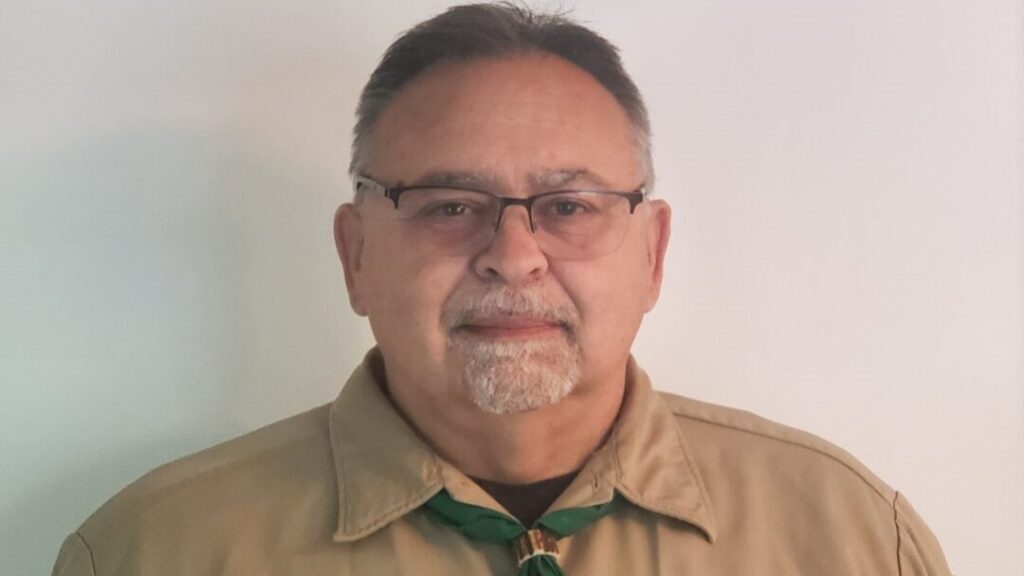
‘There was a circus nearby, and I got a job shoveling after the elephants…My mother was hardworking and resourceful. She always pushed me to go see things. We saw Rome, Pompeii, and the Vatican—we traveled all over Italy, which made time pass faster. Meanwhile, we waited every day for our names to appear on the list—to get a sponsor so we could leave the camp.’
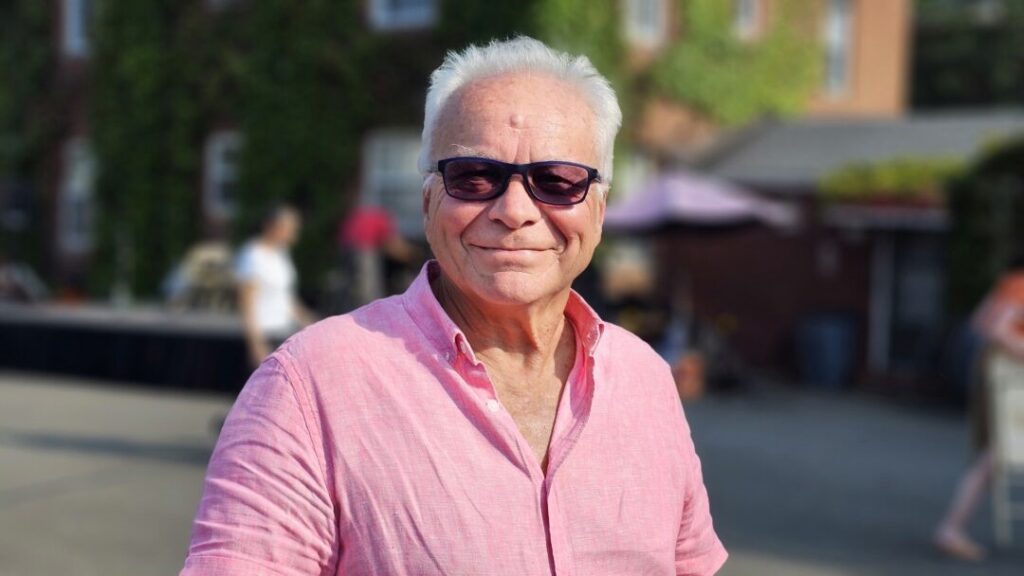
‘Réka and I work together to achieve our goals. To me, one plus one equals three, not two. When we combine our skills, we create something greater—the best possible outcome we could achieve together.’
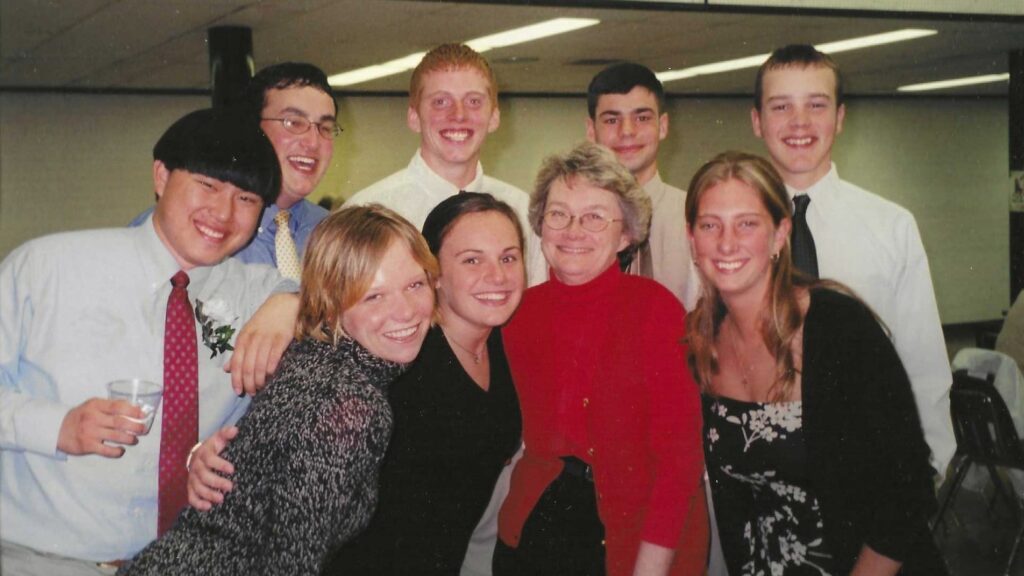
‘I believe that anyone who comes here values Hungarian identity, including young people present here, and we should appreciate that…The children’s program started because parents wanted to attend the lectures. That’s why it’s so important that it continues, and that’s why I committed to it for so long. But a person must also know when to stop.’
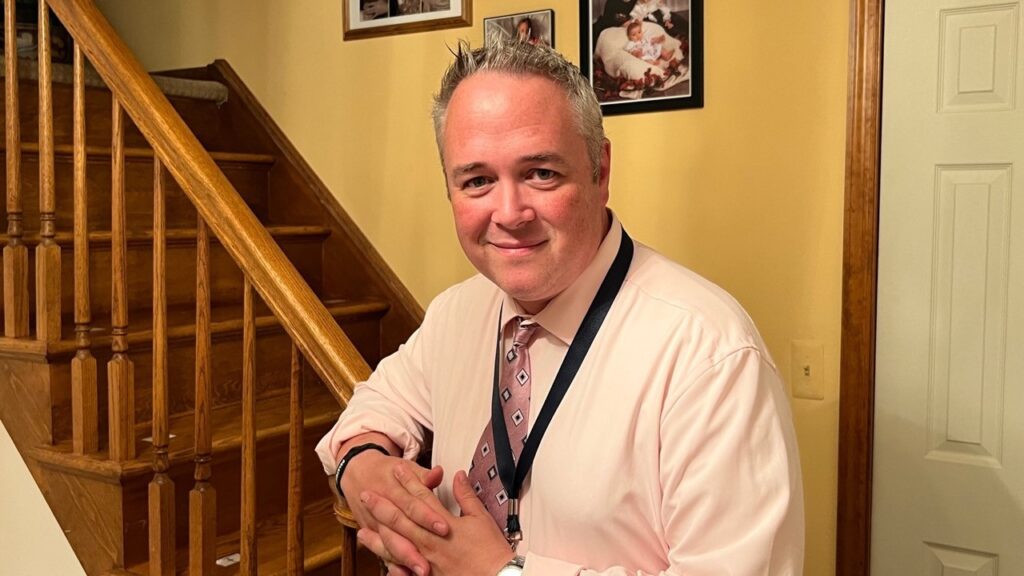
‘While some of our American school friends spent Friday nights socializing, we preferred to dedicate our time to our Hungarian community. Later, my enthusiasm for scouting leadership only grew. I never felt burnt out because I truly loved every task. This was possible because I was surrounded by supportive people who shared my passion.’
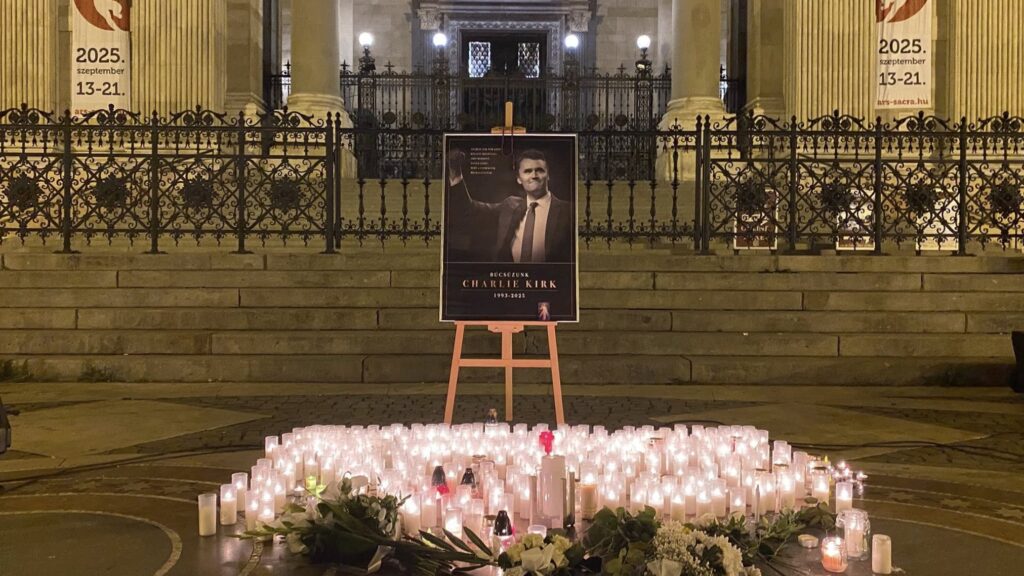
‘His death shows that ignorance and hatred can be fatal—yet his life teaches and obliges us to take our faith seriously, to give courageous testimony, and to stand publicly for our values, even in hostile environments.’
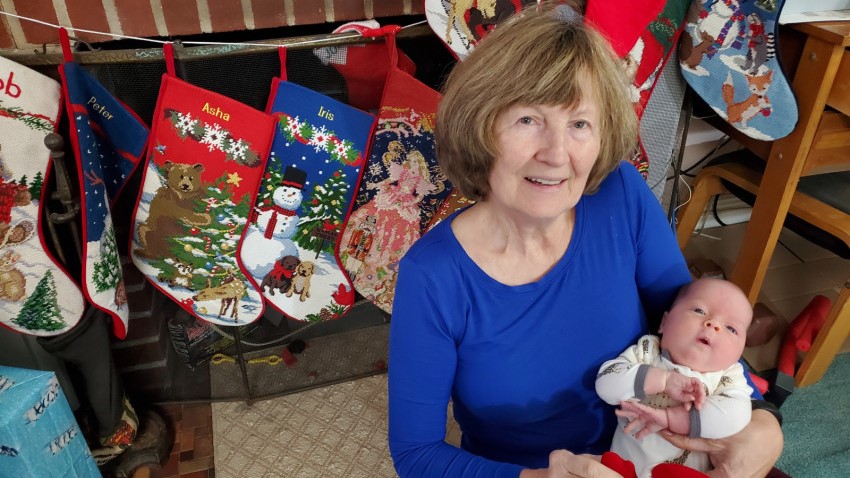
‘The Votin family joined the Hungarian community, motivated by learning the Hungarian language and scouting experiences to be provided for their children. The school…was closely linked to the St. Stephen’s Church. The last Franciscan friar, Father Domonkos Csorba, strongly supported them—he kept tuition low and mediated conflicts between the English-speaking and Hungarian-speaking members.’
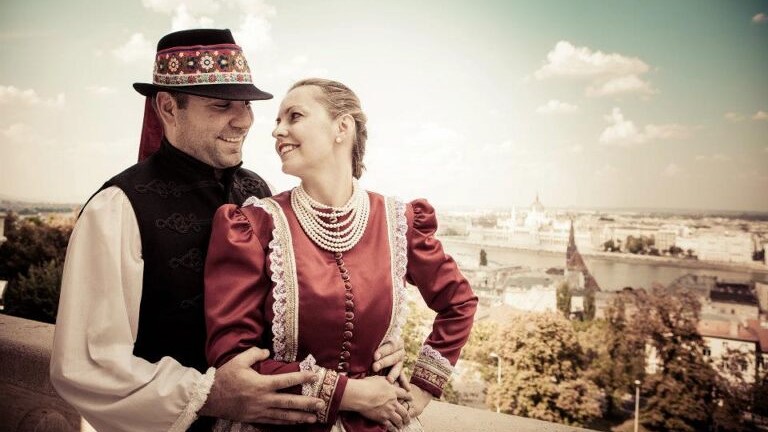
‘Suddenly, a very pretty lady appeared in front of me…And she told me straight out: “On Wednesdays, you’re coming to our folk dance session. My brother will drive you back and forth.” I liked her confidence, and of course, I gladly went—after all, I loved dancing, and I had time for it.’
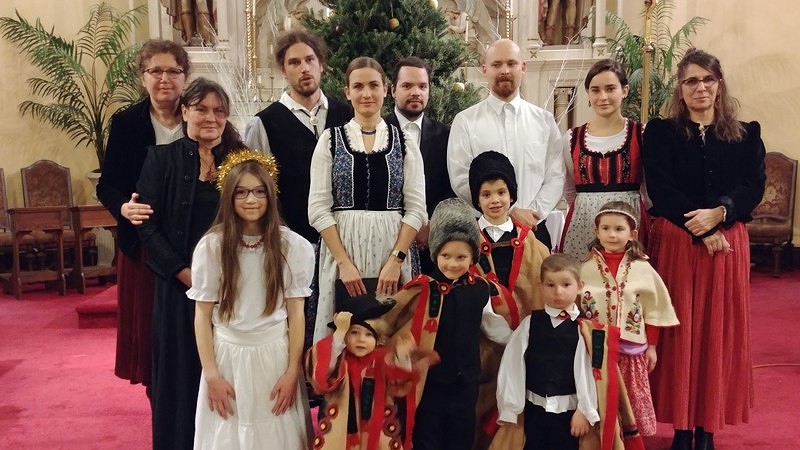
‘I walked into the Garfield Scout House and enthusiastically presented my plans—singing, reciting poetry, reading, and analyzing short stories and poems. I was surprised at how excited the second- and third-generation youth became…They were genuinely interested because they had grown up hearing these stories.’
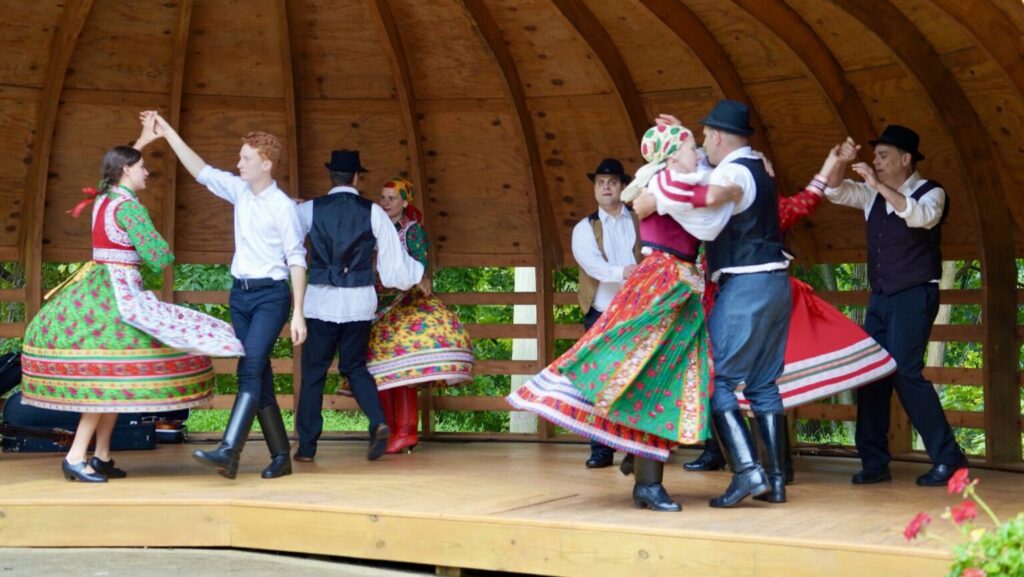
‘Gábor had mentioned that Pontozó is not about point-based scoring. Melinda added: “The festival is not about the competition—it’s about the opportunity to perform and the joy of being together. There will be no rankings, only evaluations, ensuring every participant receives recognition.”’
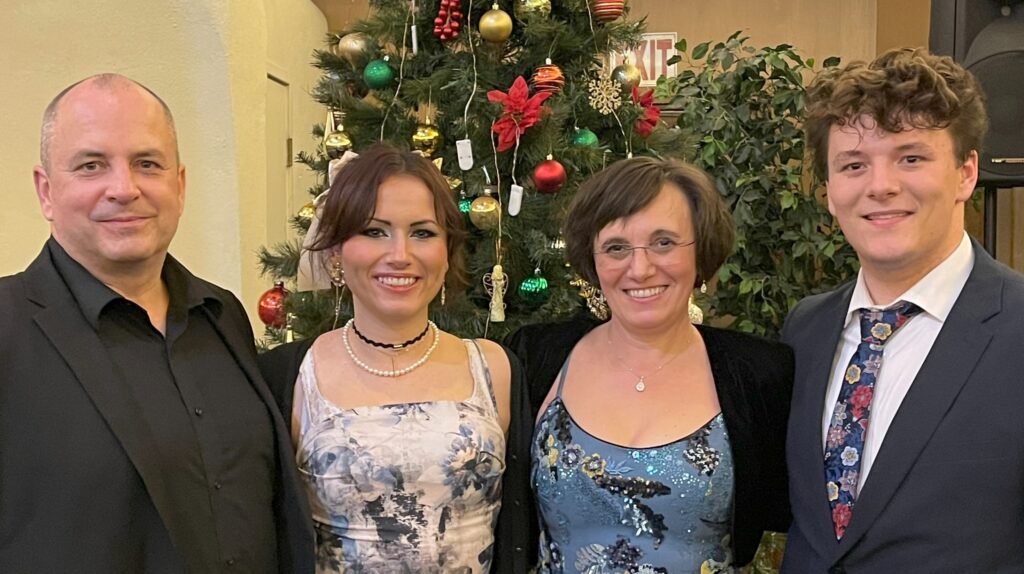
‘Again and again, I find myself marveling at how beautifully God arranges everything. From the way we found this place, to how we were able to purchase it, to the way the Hungarian Cultural Center was established—it’s clear that His hand has guided us through it all.’
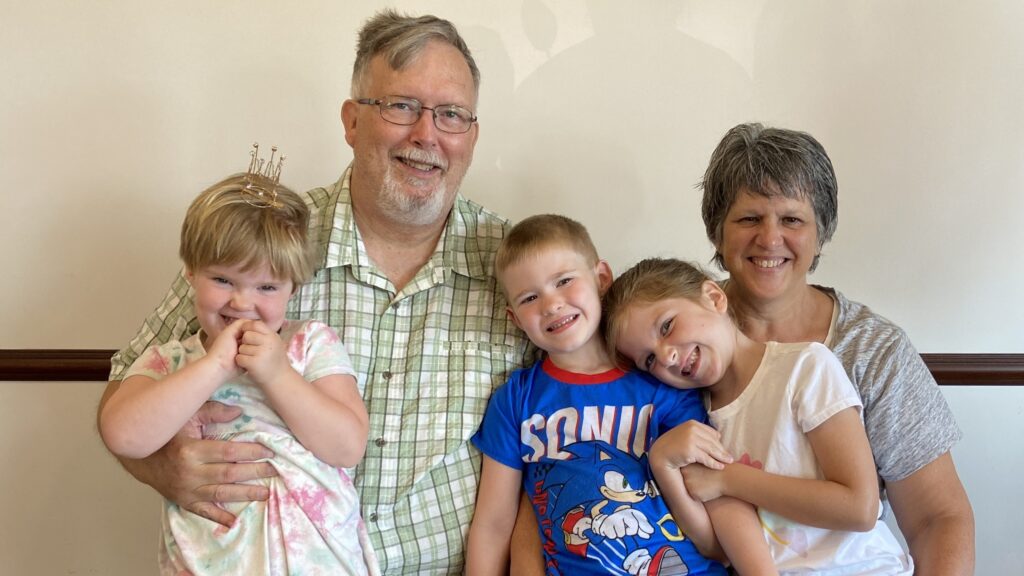
‘There’s so much that can be done or can happen even if you don’t speak any Hungarian. If you’re the person in your family who cares about your Hungarian heritage but you don’t share what you know, who is going to? It’s up to you to do it.’
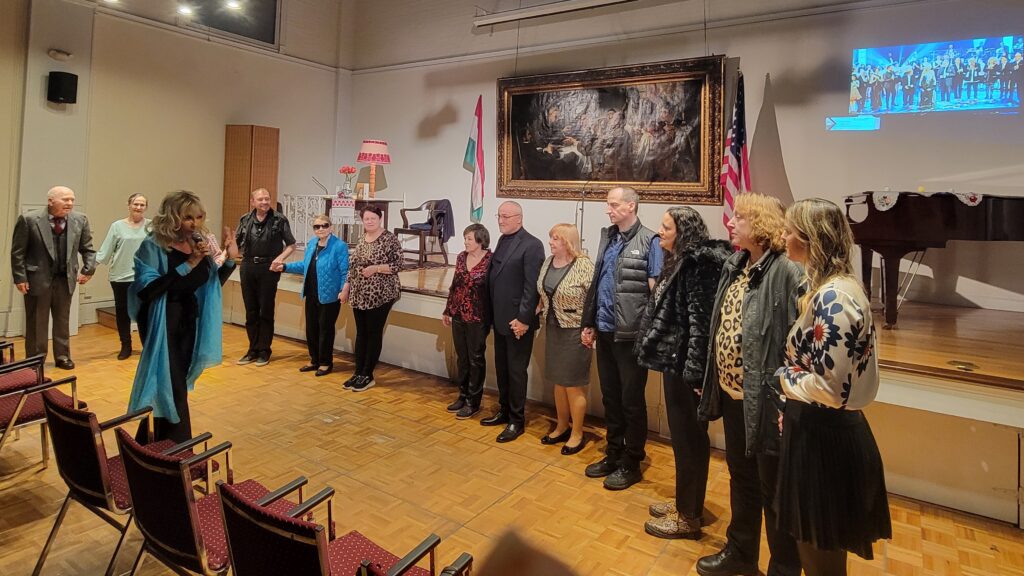
‘It’s a place that can be filled with life and possibility. I’d like the Hungarian House to welcome even those who may have visited before, but didn’t feel it was for them. I don’t just want to celebrate Hungarian heritage in America; I want to somewhat shape its present and future.’
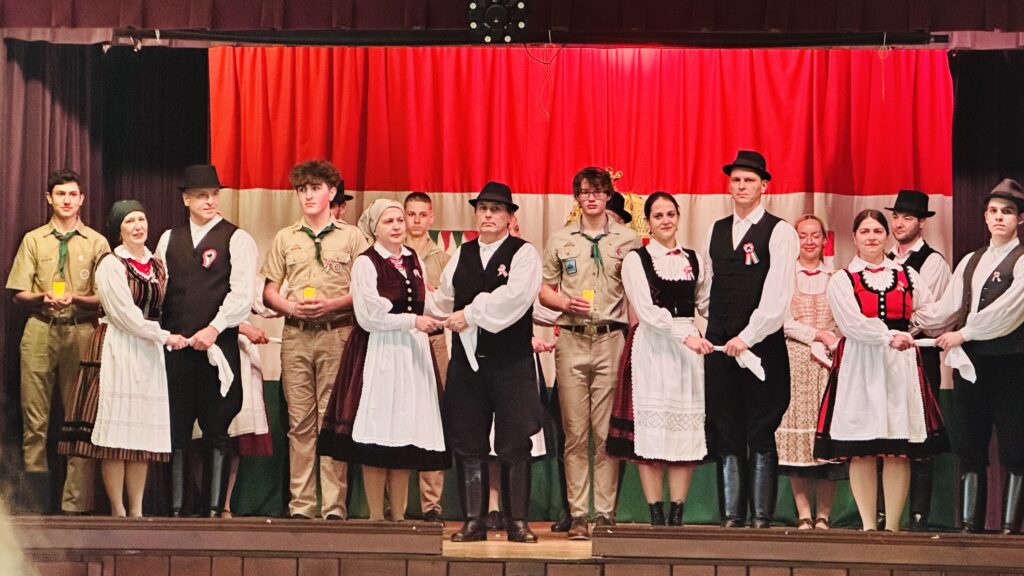
‘I started teaching the children ever since more of us from Wisconsin started attending the Csipke Camps…I try to put together a small performance for every major holiday, and in doing so, I help them learn more about Hungarian traditions. We meet weekly…but we gather beyond the rehearsals, to spend time together—we sing too, and try to preserve our Hungarian identity also in this way.’
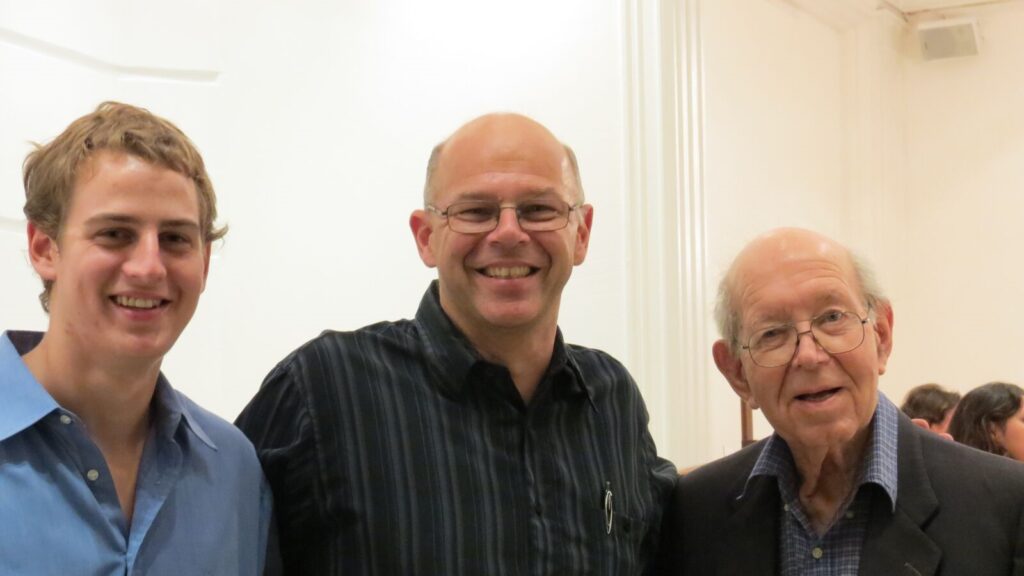
‘When people asked me whether I’m Hungarian or Argentine, I used to say: “I’m 50 per cent Hungarian and 50 per cent Argentine”—until I heard someone saying they were 100 per cent of both. Since then, that’s what I do, too.’
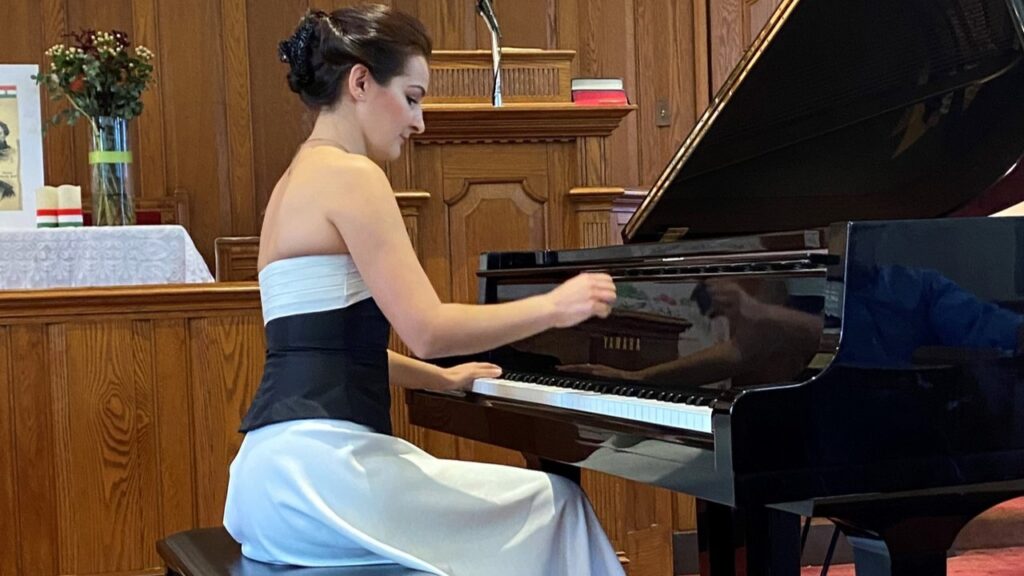
‘I also have non-Hungarian students who get to know the Kodály method and Hungarian folk songs. For example, I have an American girl born in Nigeria who recently sang in Hungarian, receiving an enthusiastic reception from the Hungarian community. This way, even Americans learn a great deal about Hungarian culture…’
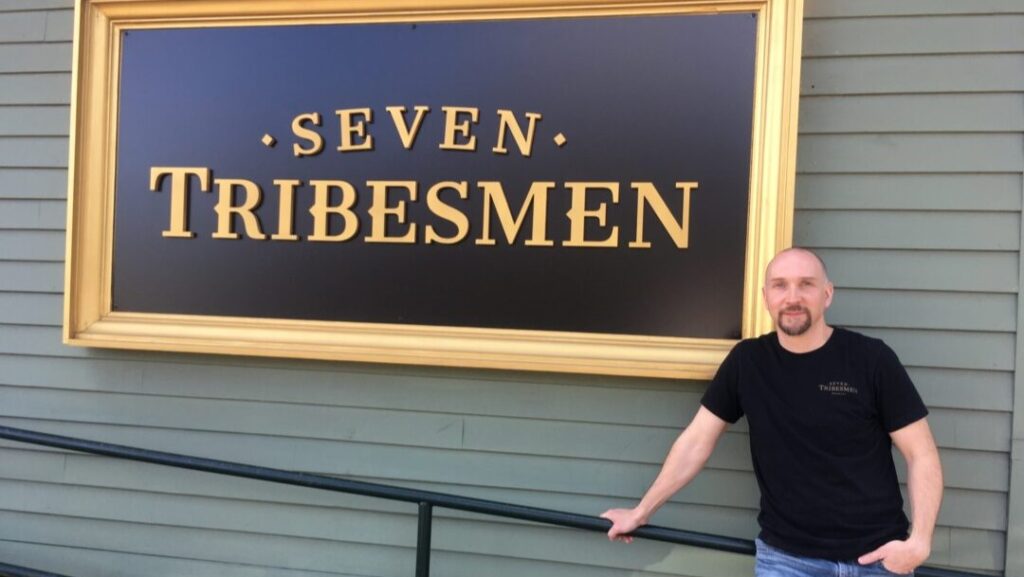
‘The craft beer industry is incredibly unique. There’s a level of camaraderie and openness between brewers that you don’t see in many other industries. We respect each other; we are aware that our strength lies in unity—with big brands dominating, that’s the only way we can compete.’

‘Though I am “only” its creative editor, in terms of my enthusiasm, dedication, and effort, I feel like I was a co-author, too. I warmly recommend this book to anyone interested in the Hungarian diaspora in North America and/or in small business economics, regardless of their location, age, or profession.’
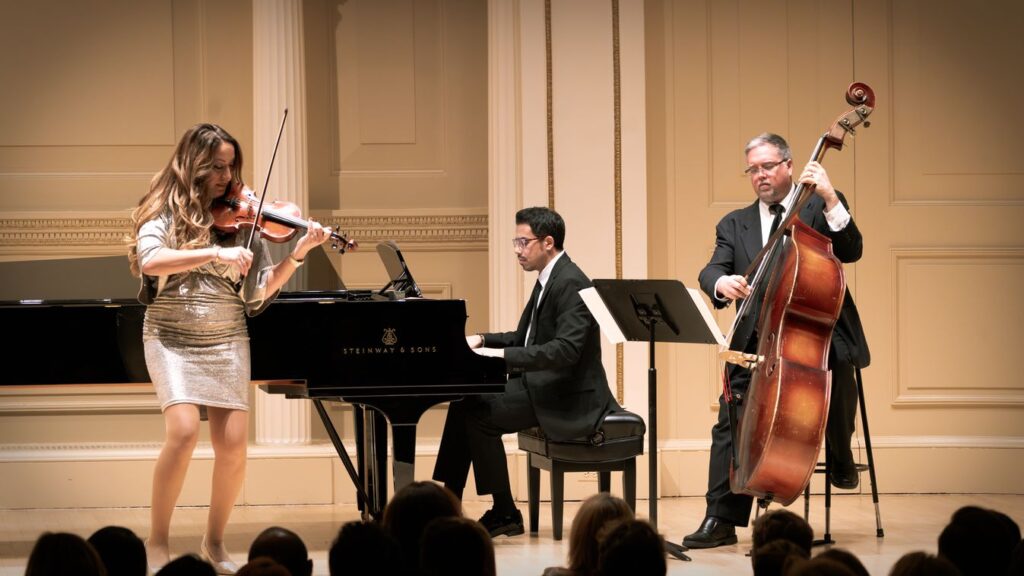
‘I realized that I could actually explain to children that the violin can be used to play anything. I started talking to them about where they had traveled, and I told them that for me, the violin is my passport because it has taken me to 90 countries. I also explained to them that classical music is the foundation—it gives you the technique that allows you to play anything.’
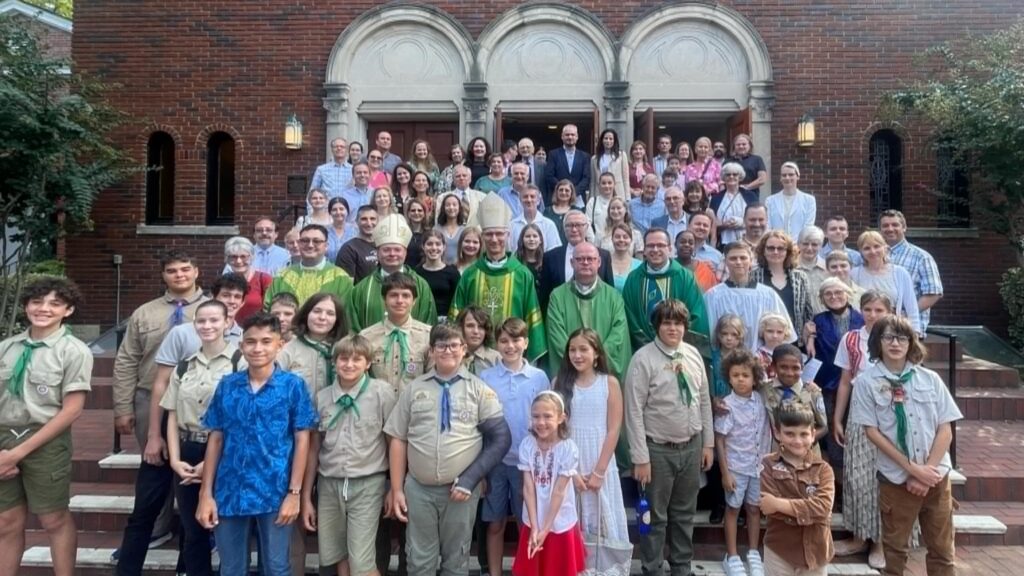
‘We felt the Holy Spirit was hearing our prayers, and it seemed to be watching over us ever since. The restart was not without obstacles. The new German pastor simply disliked Hungarians and no longer allowed us to use his church for Hungarian Masses. Within a month, however…we secured a larger chapel in the lower church of the Basilica of the National Shrine of the Immaculate Conception.’
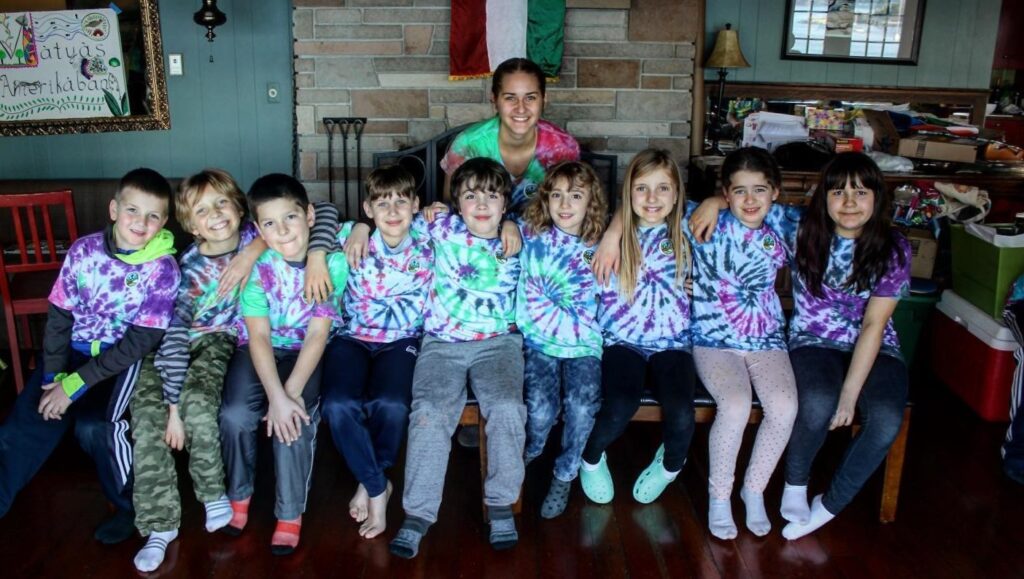
‘In 2020, I had plans for the entire summer with the KMCSSZ: I was going to assist at four different Diaspora School Camps and the Jubilee (Jubi) grand scout camp, but all of these were canceled due to the pandemic, so I returned home, but I was craving to return and finish what the COVID-19 had interrupted.’
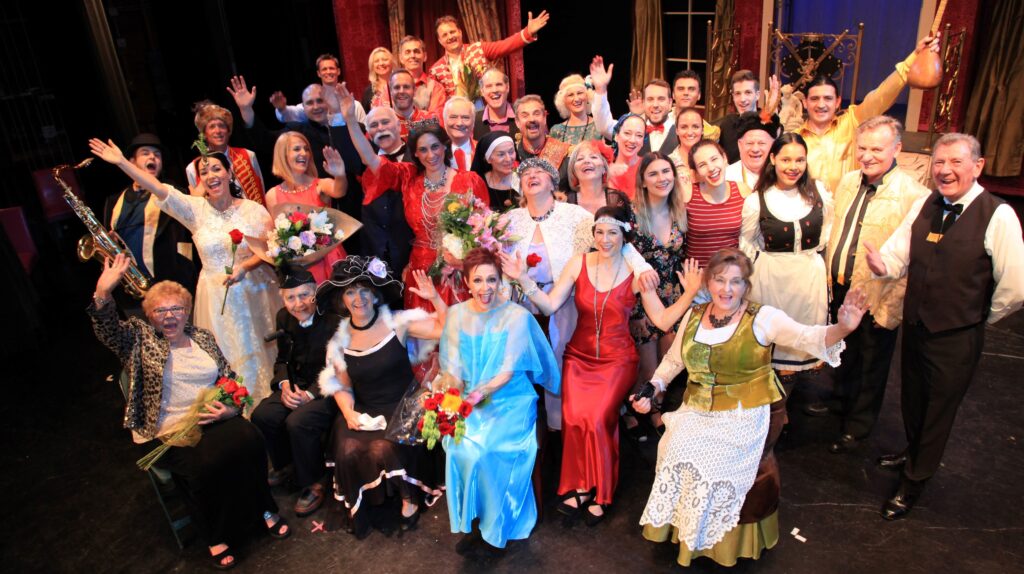
‘Sometimes I had to ask my uncle…to give me food, or knock on the neighbor’s door for dinner…Meanwhile, during the summers, I experienced in America that life is predictable there: if someone was willing to work, they could be independent and achieve anything they wanted. That’s what ultimately led me to the conclusion that I should return to the U.S. and get my PhD there.’
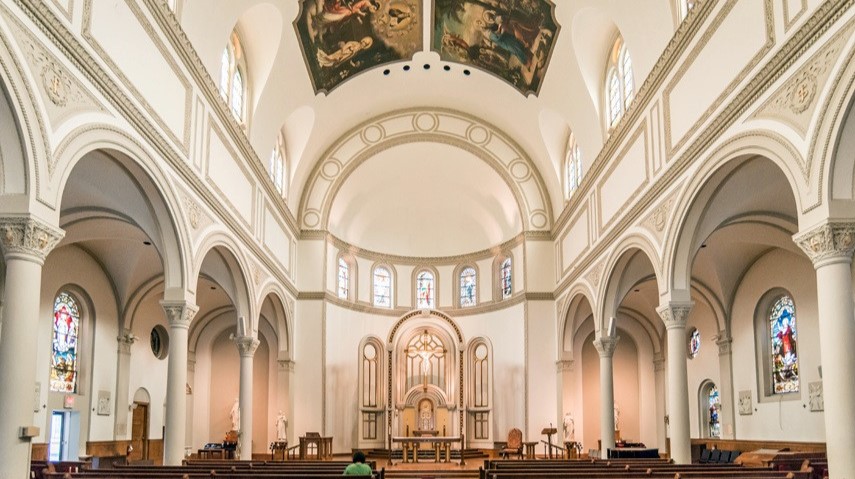
‘Building a community under these circumstances is difficult, Winer admitted…He stressed that explaining the importance of community to young people is crucial. Many question what the church offers them and why it is important for their children to know Petőfi (one of the most famous Hungarian poets), as they will still be able to work without this knowledge.’
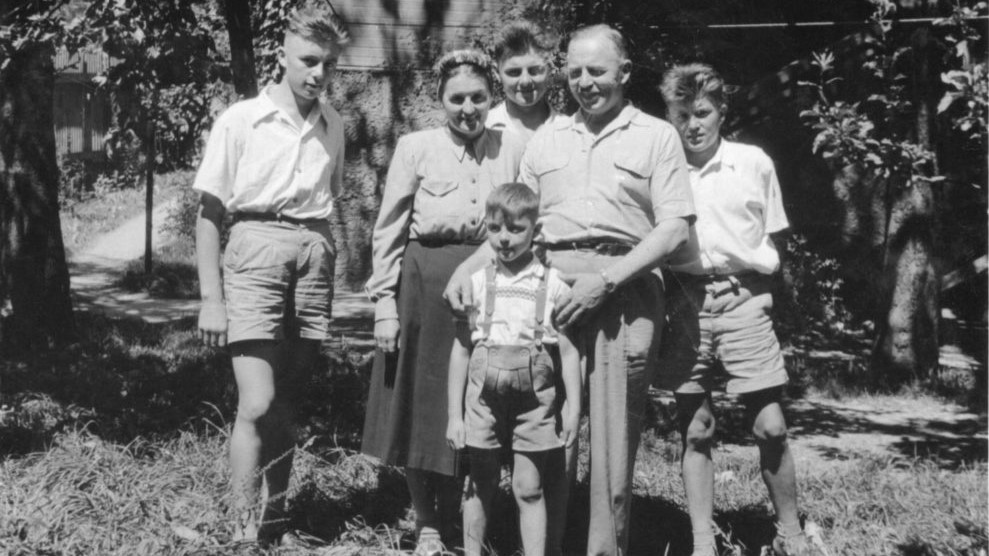
‘It all started when I noticed that the church was emptying, that parents weren’t bringing their children who were the same age as mine. As I mentioned, my faith is deeply emotional. Christmas has always meant a lot to me—it offers a spiritual experience and creates a warm family atmosphere. So, I thought maybe I could awaken that same feeling in young people and bring them back to church.’
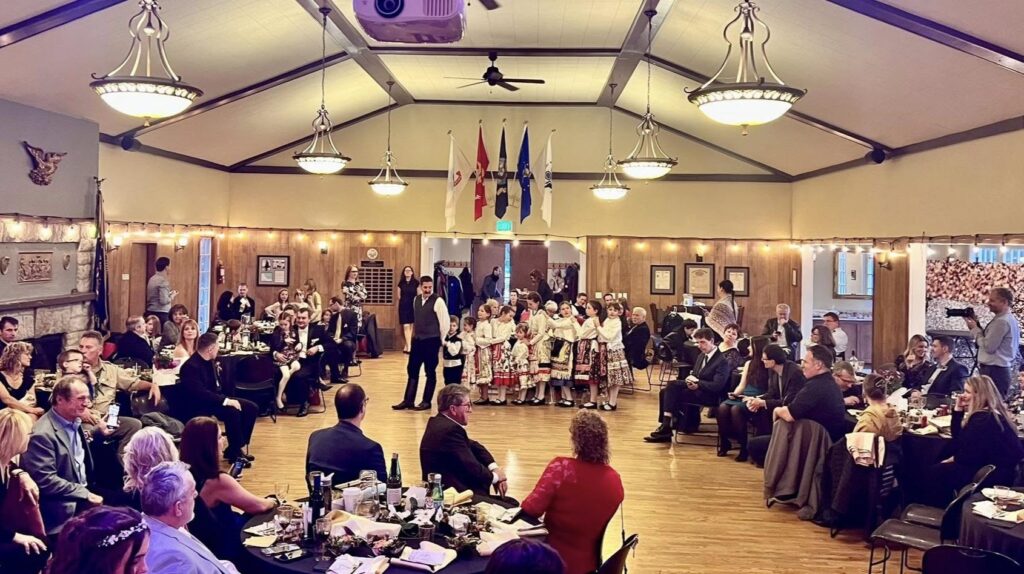
‘I love being part of a community, I value community-building activities, and I treasure being able to connect with people who have entirely different life stories and perspectives—this expands my own outlook, which I find extremely valuable. I volunteer so that others can experience the same.’
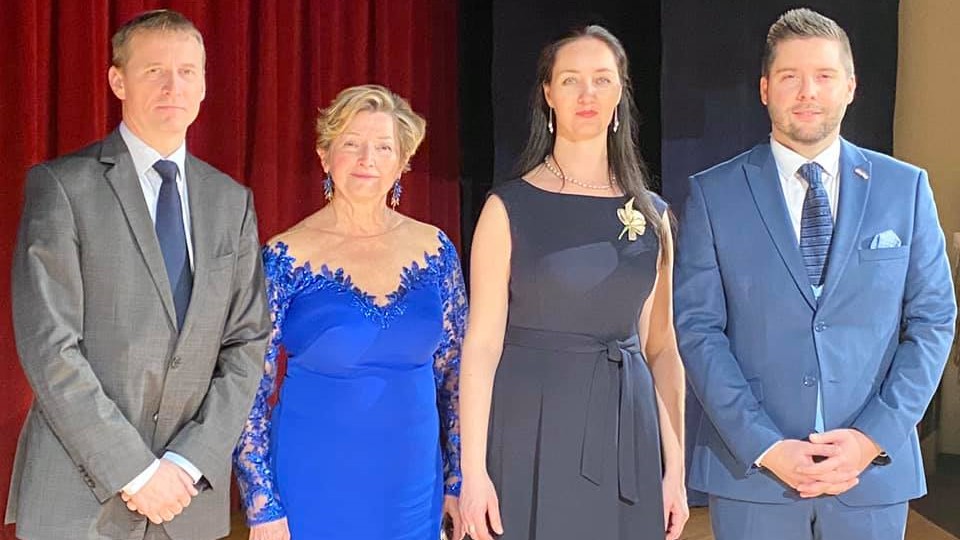
‘I first became vice president in 2001 to better understand how the club operated, then became president in 2002. It wasn’t easy because only men had previously held leadership roles. At first, they didn’t take kindly to a woman joining their ranks—especially since I was significantly younger than them at 50 years old…During my presidency, younger generations began joining us.’